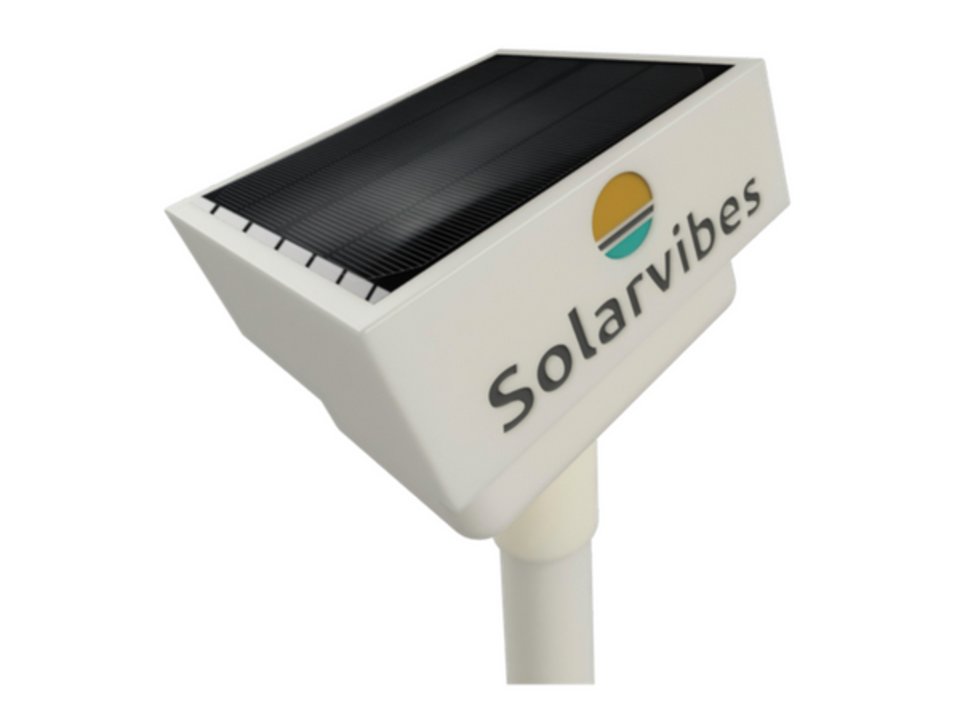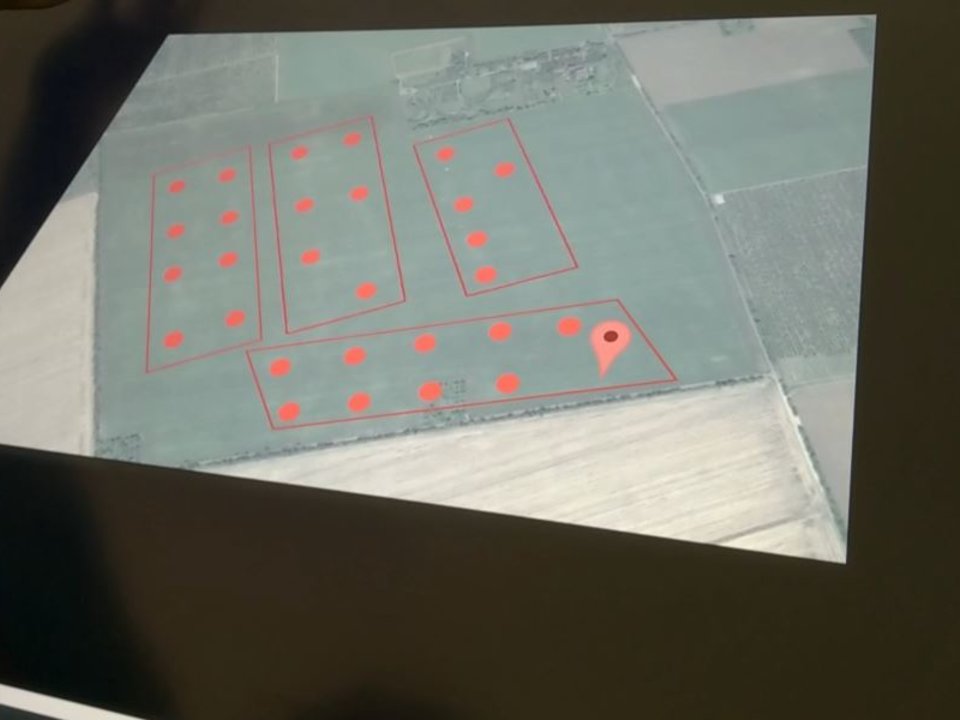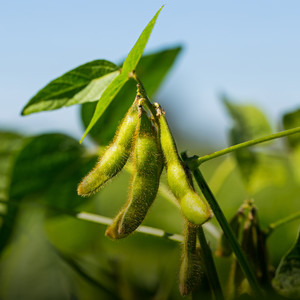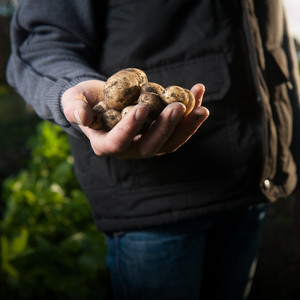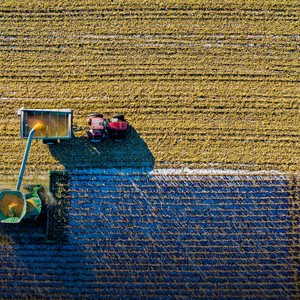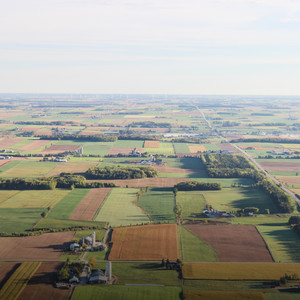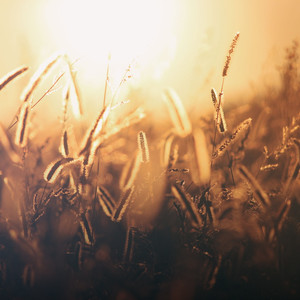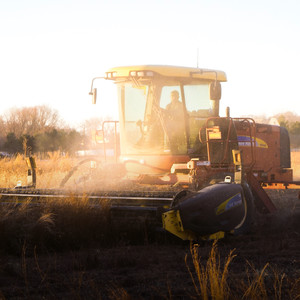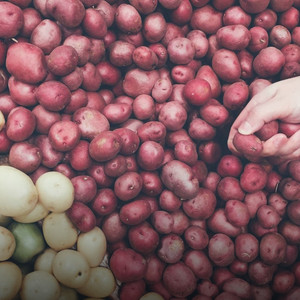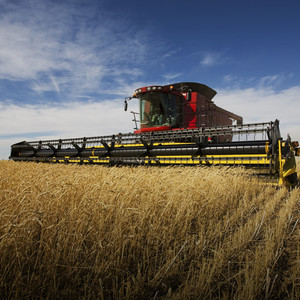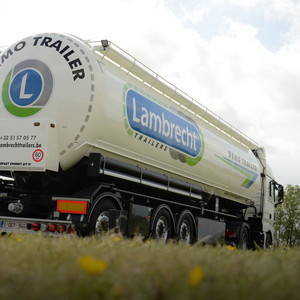Introduction
Crop cultivation and any form of life on earth is inevitably dependent on Sunlight, with evolving technologies and modern methods of technology adoption, Sun plays a bigger role with the possibility to harness the energy from it all around the year. Not only with development of the crops, but to gather precious information about the soil, air and weather conditions itself. This use case demonstrates solar-powered plug and play wireless field sensors to provide farmers with instant access to data on their soil properties and crop health. This hardware is IoT based, low-power, long-range and scalability to adopt based on farm size.
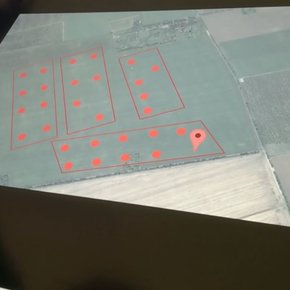
Renewable energy and flexibility
The sensor design is compact, less than 10 cm in height. Moreover, the solution is scalable for any farmer, whatever the farm size, be it a small plot of land or a giant field.
Show more
This flexibility was tested during the different phases of the pilot program, across various regions – each with their specific local conditions – as well as for different crops. The use case’s solar-powered sensors deployed across over 200 farms covering over 2 000 hectares of land in most across Germany, Hungary and Romania. The farms included were either organic or conventional farms, growing arable crops such as maize, wheat, potatoes and sweet potatoes. A few sensors were even installed in pumpkin and carrot fields in Germany.
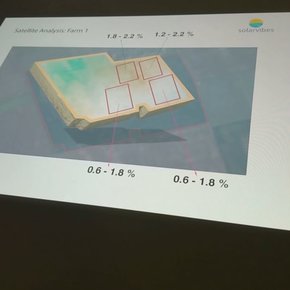
Managing resources above and under
A smart system was developed in combination with the hardware, which includes the sensors, satellite images alongside a smartphone app to give the end-user easy access to all the insights. The sensors, on the ground, gather information directly in the field.
Show more
The satellite images bring an overview of the entire field. The combination of both ultimately creates a detailed map of insights. This provides the farmer with a clear picture of the specific areas in need of irrigation or fertilisation for instance. The focus is put on the conditions of the soil, as the Use Case Coordinator Swathish Bellam Ravi puts it: “Small farmers get to test their soil maybe once a season or even just once a year, depending on where they are. However, not knowing what is going on in your soil on a regular basis is one of the main reasons for crop failure and reduced crop quality.” Therefore, SolarVibes and the use case partners – Fraunhofer IZM, University of Agricultural Sciences and Veterinary Medicine Cluj-Napoca, Hungarian Research Institute of Organic Agriculture - gather information about the soil temperature and moisture, as well as electrical conductivity via the sensors. Over the course of the pilots and testing, they learned that their innovative solution enables farmers to restore soil health in only 5 to 6 growing seasons while simultaneously saving precious resources such as water, soil and energy.
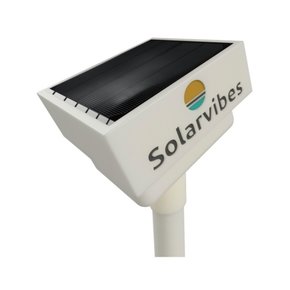
IoT and Covid-19 challenges
The IoT components included in the hardware were the most challenging part of the system architecture. The researchers had to overcome problems in terms of signal stability, data security, data transmittance losses and device location triangulation.
Show more
Communication through IoT networks with a minimum amount of devices does not immediately result in data losses. However, to foster large-scale adoption, the team had to make sure the data reaches the customers whenever called for. A large-scale deployment is especially important considering that larger farm plots are more complicated to monitor while at the same time consuming significantly more resources. Consequently, the negative effects of mismanagement, put an unnecessary burden on the environment and the farmers’ profitability alike. Since the solar-powered field sensors are wireless, any malfunctions required going to the field which is tedious. Therefore, the use case introduced a protocol and made modifications to the device to store data internally to prevent data losses in case of network issues. The device sends data a minimum of 30 times per day to enable timely farm management and farmers can call for current farm status anytime they want.
Another challenge impacted the product development: the COVID-19 pandemic. China is the major producer of solar panels, batteries and most of the electronic components. Next to all our lives, the pandemic also created unprecedented shipping issues, delaying the team’s production of sensors. Hence, they decided to instead source some components locally. While that increased procurement costs significantly, it allowed for more reliable manufacturing schedules and reduced future business risks. In addition to the change of suppliers, the price of required materials such as metals also increased considerably, resulting in investors turning their backs on start-ups as they were looking for safe investment possibilities in a chaotic global economy.
+15% up to +20%
Crop quality
+20% up to +25%
Soil health restauration
In the end, both of these very different challenges directly impacted the design and quantity of the sensors. Few sensor components required gold coatings for electrochemical deposition. With the downtrend and sideways movement of gold price from 2011 to 2019, no one would have never suspected skyrocketing of Gold prices in the middle of a pandemic. With increasing costs and unforeseen overheads, the only viable solution for the use case partners to keep producing sensors at the quality desired, was to reduce the target number of sensors produced.
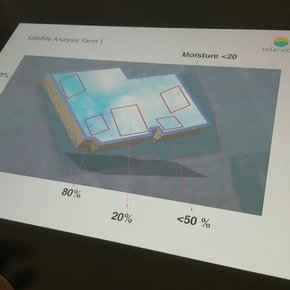
All data, at the tip of your fingers
Any high-quality data is useless if it is not easily available and actionable. The use case thus developed a free mobile app, so that farmers can access the collected information on their smartphone.
Show more
The mobile app is simple, easy to use, consumes little storage and battery on the mobile phones and is now already available in 3 languages. Notifications inform the end-user when his or her action is required. The app was designed for farmers and together with farmers who contributed their viable user experience and feedback. Via demonstration events, but also social media publications and blogs, this use case made sure to engage with the agricultural community. The app is only the tip of the iceberg of underlying information, as it is about to roll out a series of first-of-its kind advanced precision farming features to protect your crop, soil and practice resource efficient, sustainable and high-quality farming.

Get in touch with the use case team via the SmartAgriHubs Innovation Portal
Go to portalAchievements, products & services
Access to affordable and scalable on-field diagnostics for small farmers
Plug and play solar-powered IoT devices and AI-based precision farming solutions
Analysis of soil-crop compatibility, crop requirements and nutrient deficiencies
Integration of all farm information and devices in one farm manager to reduce complexity
Sensor-based predictive analytics for diseases, applicable for different crops

